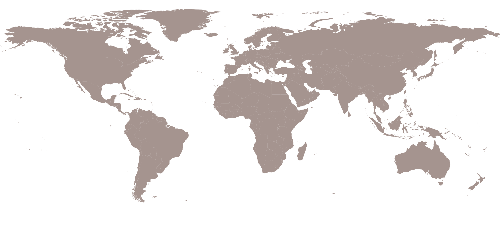This educational and community facility in Iraq’s Mesopotamian Marshes combines sustainable design with cultural preservation. Located in Basra, the school reinterprets vernacular Iraqi architecture using locally sourced and climate-adaptive materials. Rammed earth walls are cast on-site using native soil, stabilised with 5–6% cement to create a hybrid material that is both affordable and durable. Reed—traditionally cultivated in the region—is used for columns, roof structures, and woven screens that allow daylight and ventilation while providing privacy and protection from rain. A concrete footing anchors the structure.
The campus is designed with a strong emphasis on public space: 70% of the site is dedicated to open areas, including parks and shaded seating. Only 30% of the area is built, creating a breathable campus that blends seamlessly into the marsh landscape. The school includes modular classrooms, a library, music and multipurpose rooms, and gathering spaces arranged around a central courtyard. It can accommodate around 350 students and host up to 1,000 community members for events and shared activities.
Entirely built by local labour, the project promotes knowledge transfer and skill development while enhancing community cohesion. It offers not just a place for learning, but a resilient, context-sensitive model of architecture that celebrates ecological stewardship, cultural identity, and public life in the heart of the marshes.
The Holcim Foundation Awards jury for Middle East Africa applauded this beautifully presented proposal for its context-sensitive program and its alignment with the cultural and geographical specificities of the region. The reinterpretation of Iraqi vernacular architecture was praised not only for its aesthetic quality but also for its contribution to cultural identity and community empowerment. The thoughtful selection of materials and construction strategies effectively enhance indoor comfort while creating an evocative atmosphere within the classrooms.







